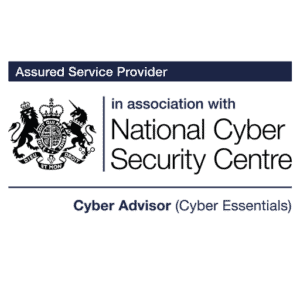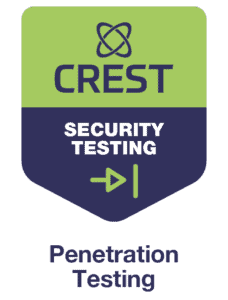Understanding Your Penetration Testing Quote: A Buyer’s Guide
30th Sep 2025
Speak to an expert
30th Sep 2025
A penetration testing quote is more than just a price – it’s a window into the quality, scope, and expertise behind the service you’re investing in.
Yet too often, quotes land in your inbox packed with technical jargon, inconsistent detail, or vague pricing. This creates challenges for IT managers and procurement leads who need to compare providers, assess value, and ensure robust outcomes for their organisation’s security posture.
This guide will help you interpret and assess penetration testing quotes more effectively. We’ll walk through what should be included, what drives costs, and how to spot red flags. Most importantly, you’ll gain a clearer understanding of how to align testing services with your technical and compliance needs.
A credible penetration testing quote should clearly describe what’s being offered and how.
The quote should reflect a clear understanding of why the testing is taking place. That includes the specific risks the business wants to explore, the challenges it needs to address, and the outcomes it expects to achieve. A competent provider won’t just list services – they’ll demonstrate that they understand your business goals, security posture, and operational context.
Whether the testing involves web apps/internal infrastructure/cloud, the provider should explain how each test type aligns with your risk profile and objectives. They should also highlight any added value or suggest additional steps for future consideration – such as testing frequency, regulatory alignment, or maturing your overall security approach.
You need confidence that the provider knows what they’re doing – and that they understand what matters to your business.
Look for clarity on the number of IPs, applications, or network segments in scope. The quote should also outline limitations – such as testing hours, excluded systems, or any non-invasive constraints.
The provider should reference industry-recognised frameworks like OWASP or NIST processes. It should also specify whether testing is black-box, grey-box, or white-box – each of which influences depth and risk visibility.
Manual testing uncovers deeper, context-aware risks, while automated scanning accelerates baseline checks. A mature testing approach combines both.
A high-quality quote should state the provider’s industry accreditations clearly. Recognised bodies such as CREST or CHECK provide assurance that the organisation adheres to strict technical and ethical standards. These credentials not only demonstrate capability – they also indicate that the provider is regularly assessed for quality, consistency, and integrity. Choosing a partner with verified credentials reduces your risk and signals that you’re working with professionals who are accountable and trusted in the industry.
Your quote should clearly define the deliverables you’ll receive after testing. These typically include a well-structured executive summary – designed for presenting to non-technical stakeholders, customers, or regulators – alongside detailed technical findings for your IT or security teams. Expect risk ratings, remediation guidance, and optional post-test support such as a debrief or retest. This clarity ensures the test delivers practical value, not just compliance coverage.
Pricing isn’t just about time – it’s about risk complexity, assurance level, and follow-up support. Here’s what typically drives cost:
Did you know? The UK Government’s Cyber Security Breaches Survey 2025 found that 67% of medium and 74% of large businesses reported a cyber attack in the past year. Despite this, many still opt for basic scanning over full manual pen tests – leaving gaps in risk exposure.
Even a well-designed quote can raise red flags. Watch for these common issues:
Fact check: According to the Cyber Security Breaches Survey 2025, only 21% of businesses conducted penetration testing in the past year – highlighting how many organisations remain unaware of hidden risks in their environments.
Before approving or comparing quotes, ask these targeted questions:
These questions help separate credible providers from transactional vendors.
Understanding the components of a penetration testing quote helps you:
You’re not just buying a test – you’re investing in actionable assurance.
Need tailored guidance? Explore our full range of penetration testing services to find the right fit for your environment and risk profile.
Want a complete buyer’s toolkit? Download our Ultimate Penetration Testing Guide – packed with checklists, FAQs, and expert insights to simplify your decision-making.
Still comparing quotes? Book a free 20-minute quote review with one of our consultants. As a CREST-registered organisation, we’ll help you evaluate scope, value, and technical detail – no obligation, just clear guidance.
Smart procurement starts with clarity. Make every quote work harder for your security posture.
Get in touch with our expert consultants for straight-talking, jargon-free technical security advice.












